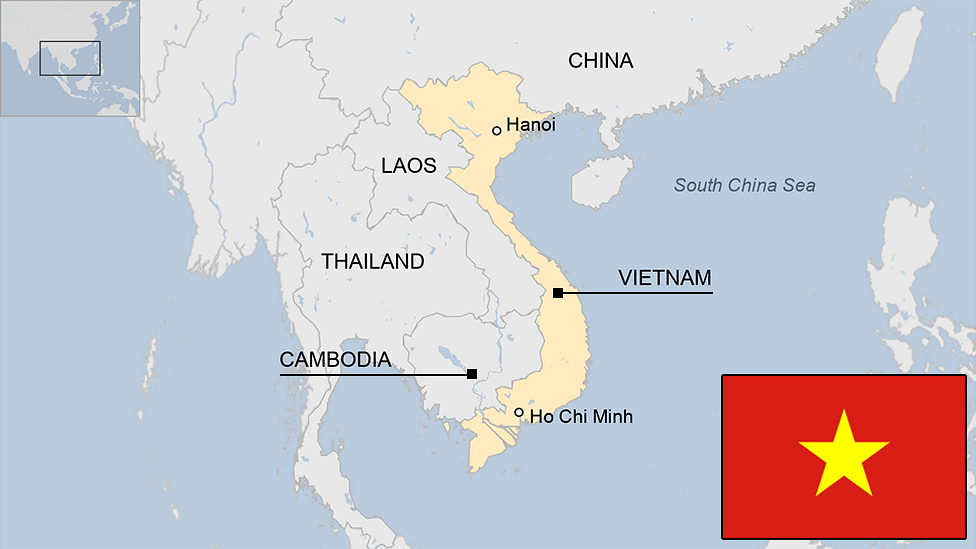Floods kill many in central Vietnam after heavy rains
- Published
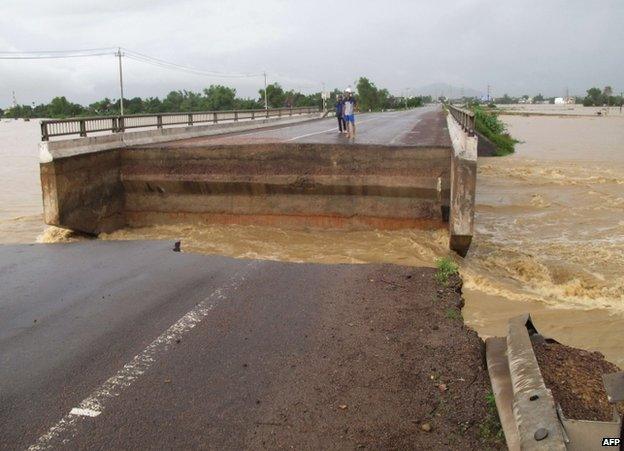
This bridge was shattered in Binh Dinh province
Flooding and landslides in central Vietnam have left at least 28 people dead, nine missing and some 80,000 homeless since Friday.
Lives were lost across five provinces, according to the National Flood and Storm Control Agency, quoted by the Associated Press.
In Quang Ngai province, flood waters reportedly rose above a previous peak recorded in 1999.
A tropical depression has dumped rain on the country.
Earlier in the week, at least 13 people died and 81 were injured when Tropical Storm Haiyan made landfall in north Vietnam after wreaking havoc in the Philippines.
There has been disruption to the coffee harvest and bean drying in Vietnam's central highland provinces, Reuters news agency reports.
The country is the world's top robusta coffee producer, accounting for around 17% of the world's output.
Sluice gates opened
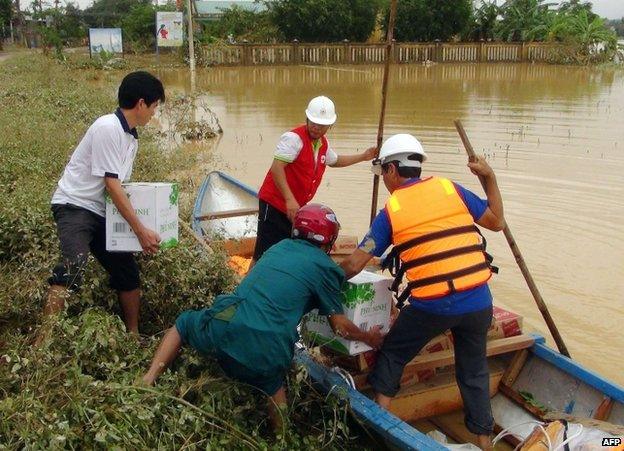
Relief work is under way in Quang Ngai, the province where most of the deaths occurred.
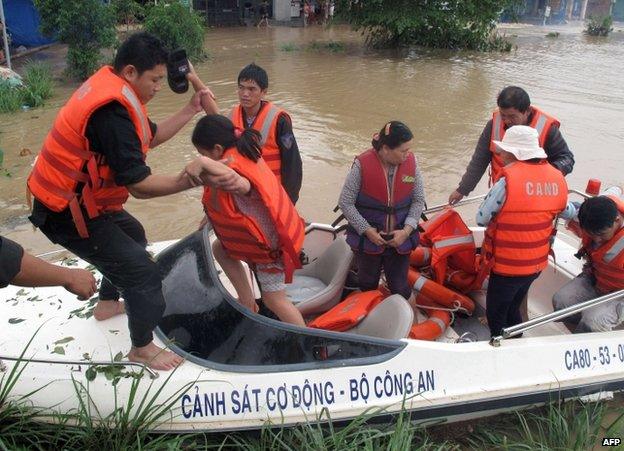
Residents were evacuated by boat in the province.
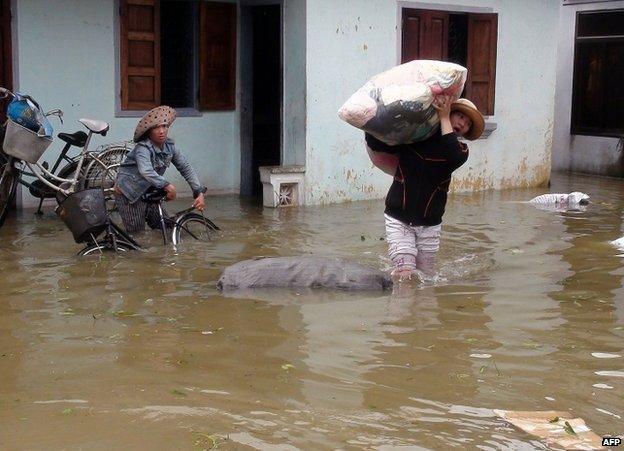
Tens of thousands of homes were flooded. These houses are in Qui Nhon city, Binh Dinh province.
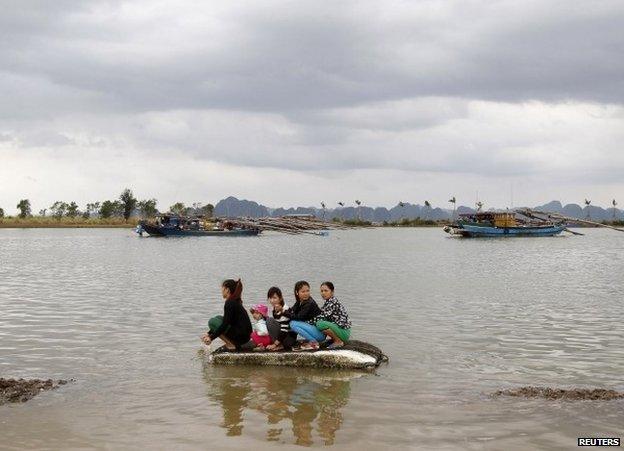
Tropical Storm Haiyan brought misery to northern Vietnam earlier in the week
Flood waters have started to recede in some areas, allowing residents to return and begin digging out their homes, officials said.
Binh Dinh Province reported the highest number of deaths, followed by Quang Ngai, the official Thanh Nien (Young People) newspaper reports, external.
Bui Thi Thanh Chuyen, a woman in Binh Dinh, told Vietnamese state TV on Saturday she had rushed home to try and help her mother, who was trapped in her house.
"All I heard [on the phone] from my mother was 'Help me, daughter' before the connection was cut off," she said.
"I rushed here to try to help her but I cannot cross the flood to the house."
In the Danang area, villager Vo Ngoc Nghiem described the speed of the disaster: "We are familiar with floods every year but this time it rose so quickly that we had no time to cope with it.
"We weren't warned about the reservoir release. The children were at school and they were stranded there."
Some 100,000 houses were submerged and roads were closed and some national train services cancelled.
Flood waters rose quickly after 15 hydro power plants opened their sluice gates as a safety measure.
Earlier reports on the flooding gave a slightly higher estimate for deaths.
- Published11 November 2013
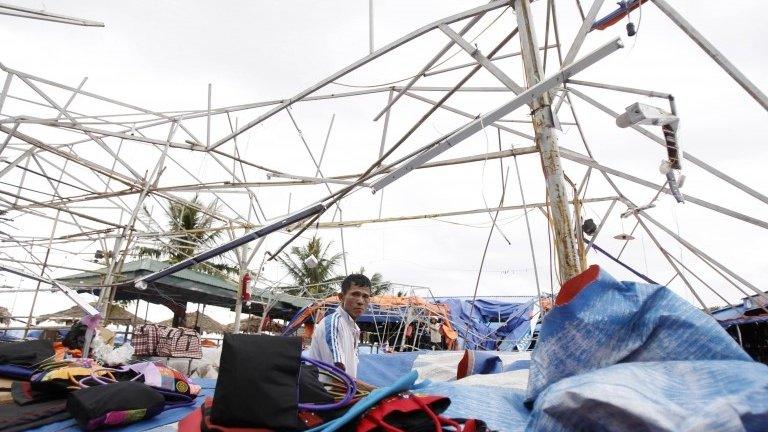
- Published23 October 2024
